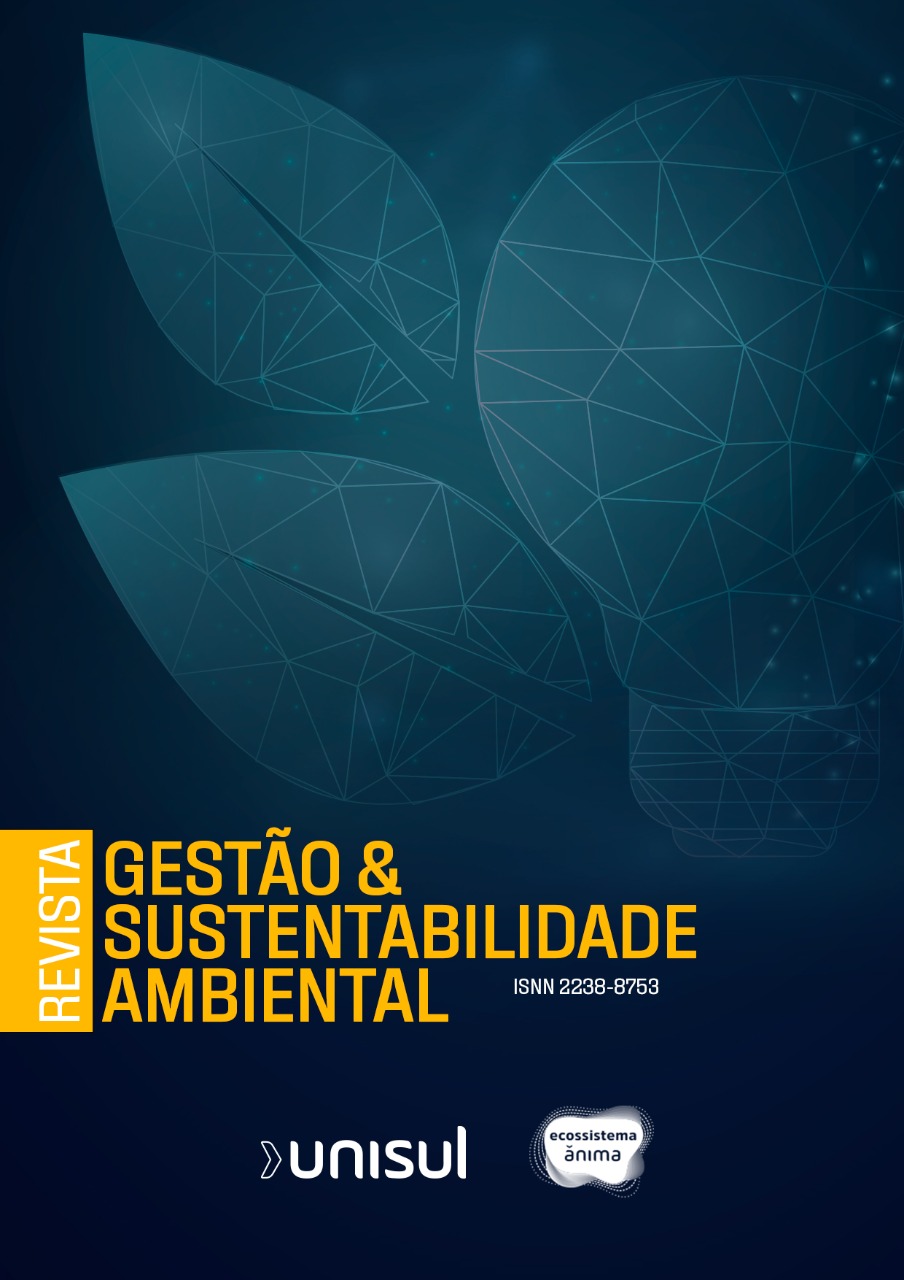CHARACTERIZATION OF EFFLUENTS TREATED IN COMPACT TREATMENT PLANTS FOR URBAN NON-DRINKING DIRECT REUSE
DOI:
https://doi.org/10.59306/rgsa.v11e12022178-197Keywords:
Sewage characterization, Reuse modality, Guidelines for reuse, Decision-making for the implementation of STPsAbstract
The capital of Alagoas, despite undergoing sewage collection works, still needs improvements in basic sanitation to properly dispose of the sewage produced and minimize the contamination of its water bodies. This research aimed to evaluate the possibility of reusing sewage treated by decentralized stations in urban areas, in order to minimize potential contaminants. The study area involved the upper part of the municipality of Maceió, where the coverage of the public sewage collection network is precarious. Three compact sewage treatment plants (STPs) were selected, all treating domestic sewage in private residential condominiums, with different treatment technologies: anaerobic (STP “A”), aerobic (STP “B”) and mixed (STP “C”) treatment, whose treated effluents were characterized and compared with the standards for the reuse modalities of Resolution No. 54/2005 of the National Water Resources Council (CNRH). The anaerobic treatment showed BOD and COD removal of 71.54% and 72.34%, respectively, but it was inefficient in removing nutrients and pathogens. The aerobic treatment showed low BOD and COD removal, expected by its nature, with average values of 67.37% and 66.72%, respectively, and the removal of nutrients and pathogens was inefficient. The mixed treatment showed removal of BOD and COD of 77.57% and 75.59%, but did not promote satisfactory nutrient removal and disinfection. In general, the effluent from STP “A” met requirements for reuse in the urban areas for the parameters total phosphorus and pH. The effluent from STP “B” met requirements for reuse in the urban areas for the parameters total phosphorus, pH, nitrite and nitrate. And the effluent from STP “C” met requirements for the parameters total phosphorus, pH, nitrite, nitrate and fecal coliforms. In view of the results found in the three monitored STPs, it is necessary to adopt post-treatment envisioning reuse in the urban areas, since these sewage treatment plants are not manufactured and optimized for the practice of reuse.
Downloads
Published
Issue
Section
License

O trabalho Revista Gestão & Sustentabilidade Ambiental foi licenciado com uma Licença Creative Commons - Atribuição - NãoComercial - CompartilhaIgual 3.0 Brasil.
Com base no trabalho disponível em www.portaldeperiodicos.unisul.br.








